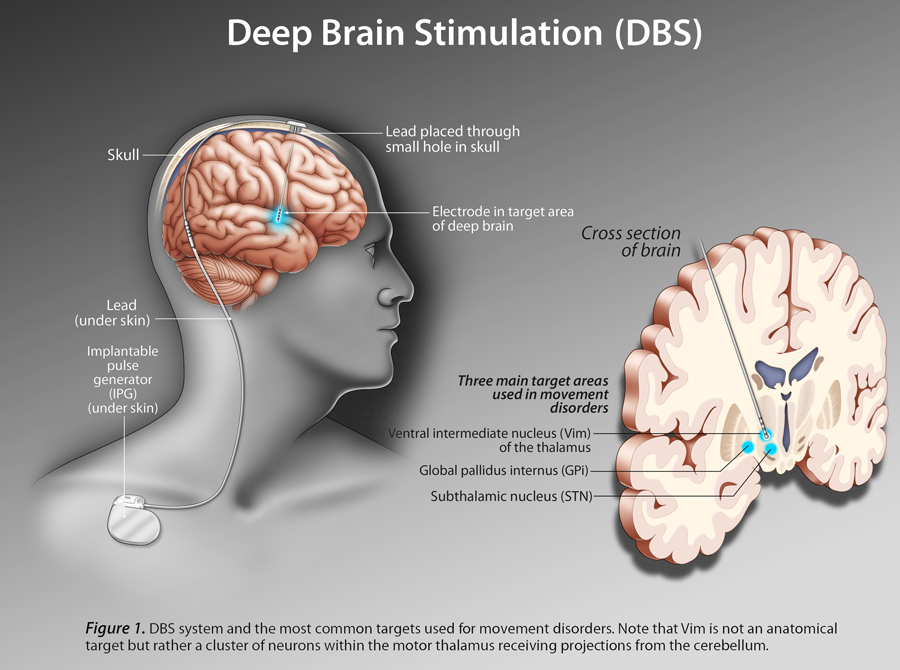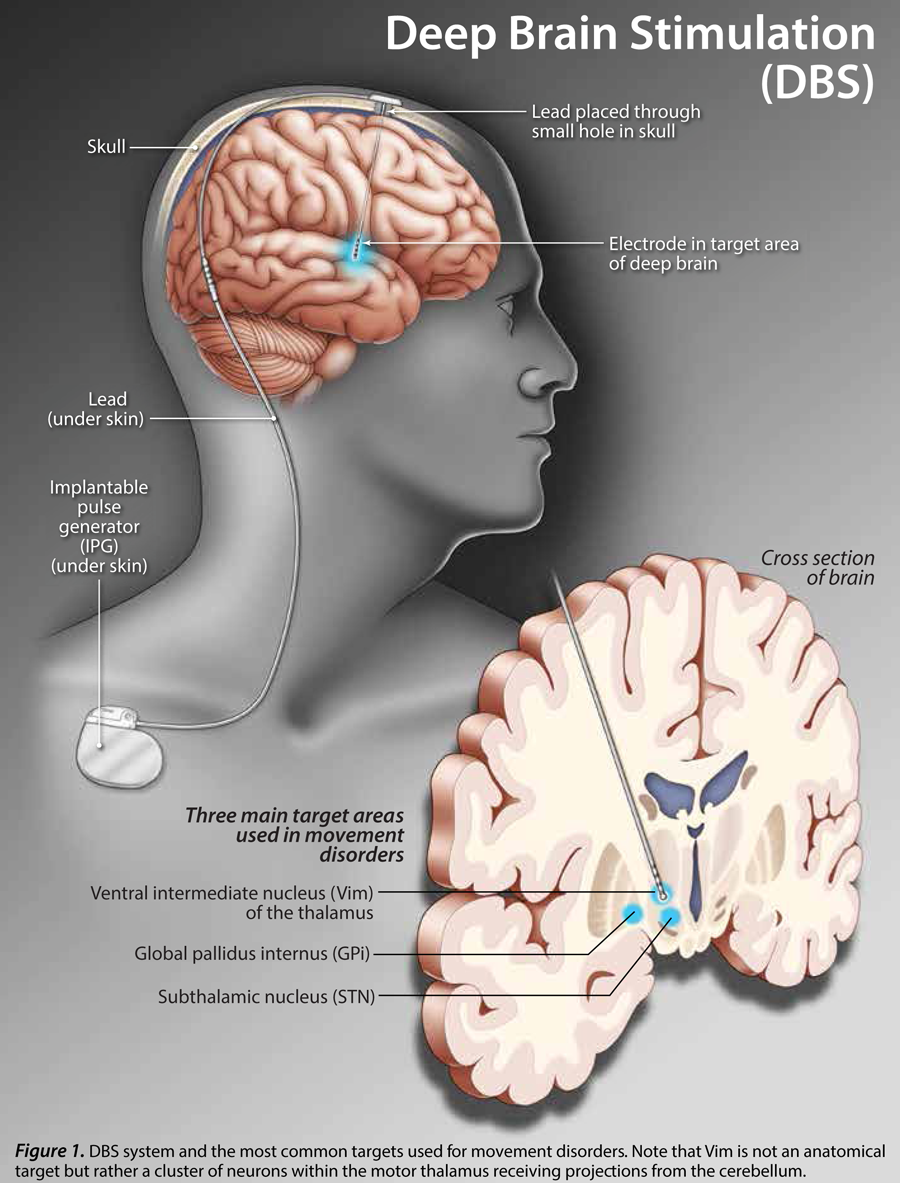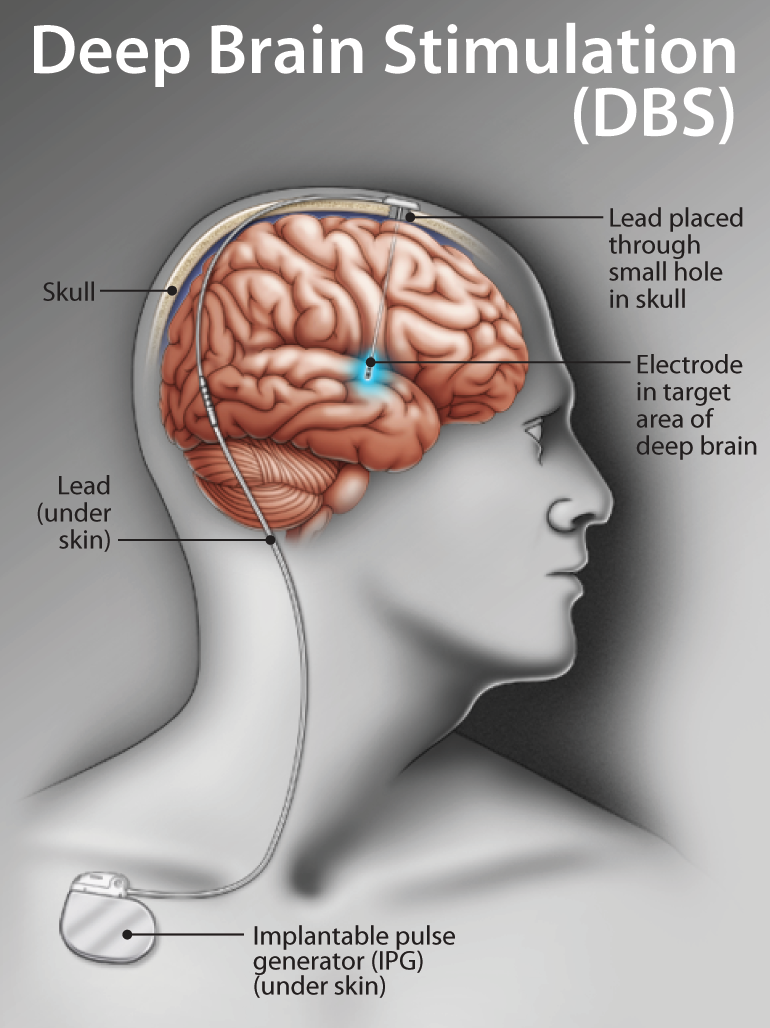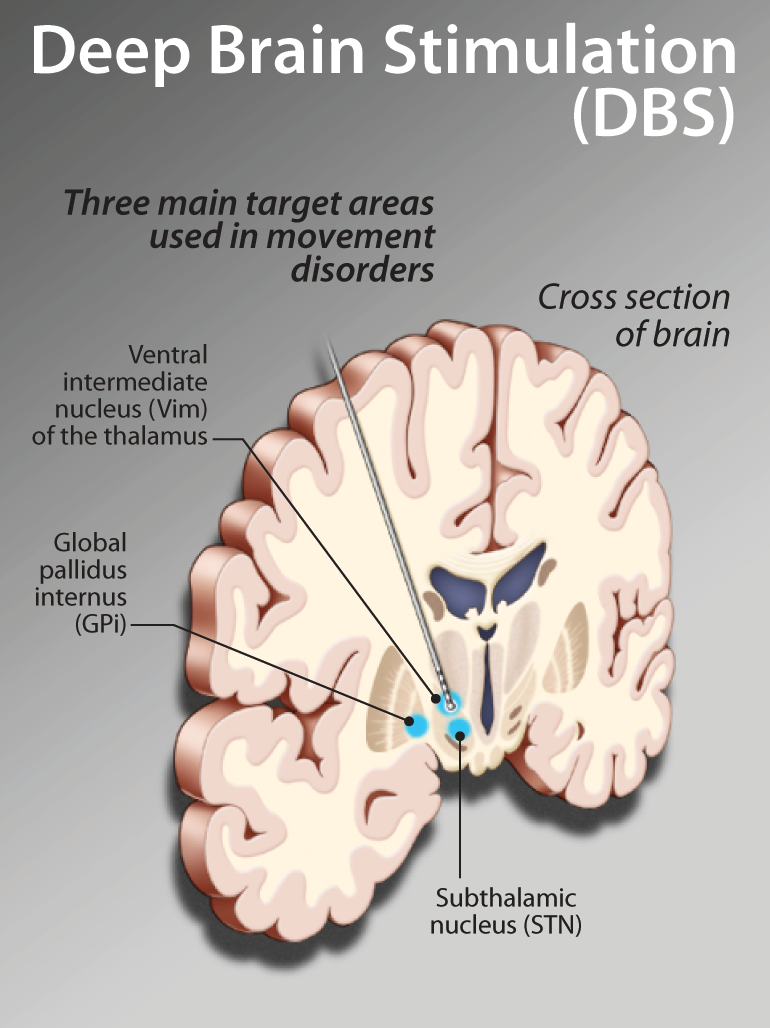Parkinson’s disease
Disclaimer:
This article was published as part of Managing the Health of Your Aging Patient: Therapies that Could Help Improve Quality of Life eCME resource.
The development of Managing the Health of Your Aging Patient: Therapies that Could Help Improve Quality of Life eCME resource was supported by an educational grant from Medtronic Canada.
Identifying and Managing Caregiver Burden Among Spouses of Individuals with Parkinson's Disease
Identifying and Managing Caregiver Burden Among Spouses of Individuals with Parkinson's Disease
Members of the College of Family Physicians of Canada may claim one non-certified credit per hour for this non-certified educational program.
Mainpro+® Overview
Identification and Management of Impulse Control Disorders Among Individuals with Parkinson’s Disease
Identification and Management of Impulse Control Disorders Among Individuals with Parkinson’s Disease
Members of the College of Family Physicians of Canada may claim one non-certified credit per hour for this non-certified educational program.
Mainpro+® Overview





